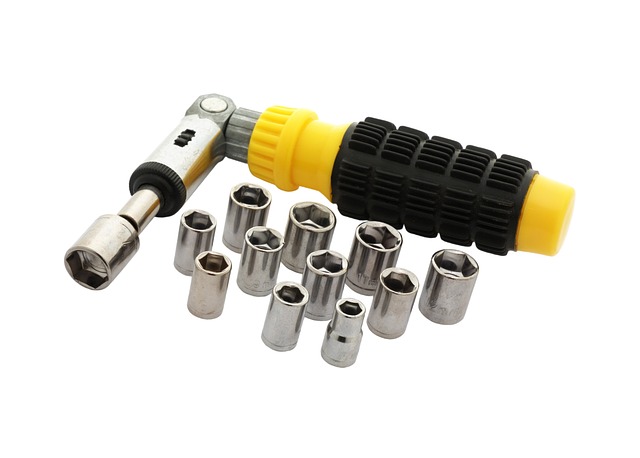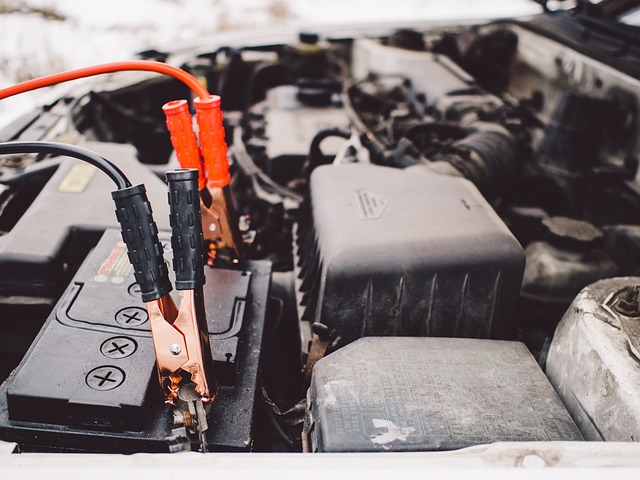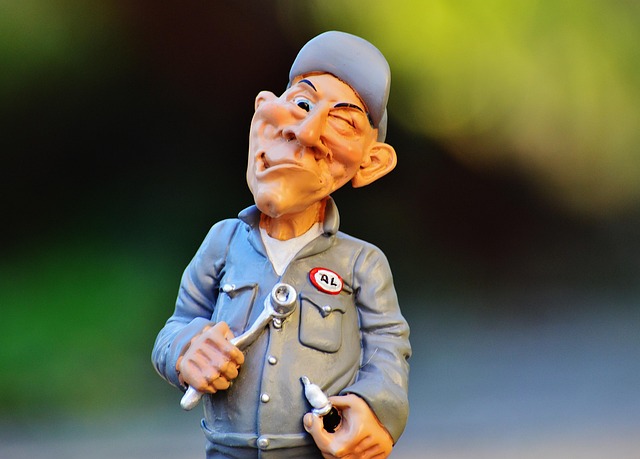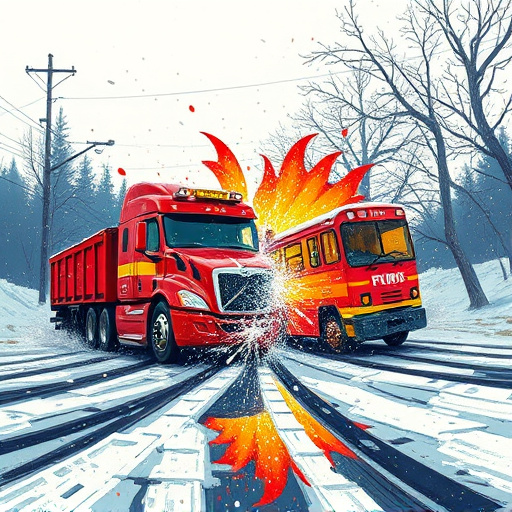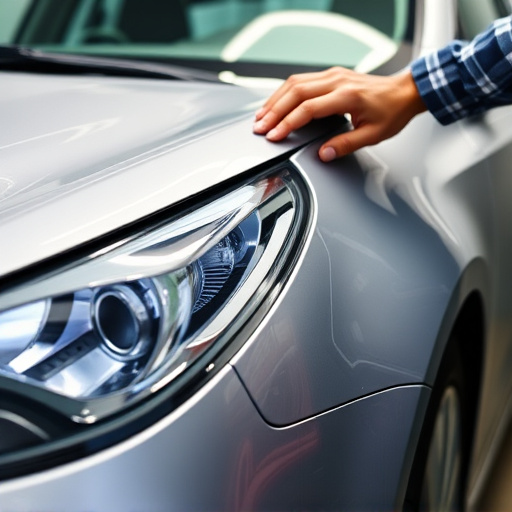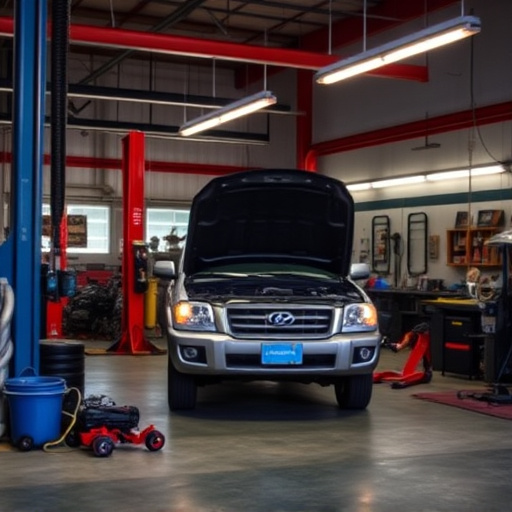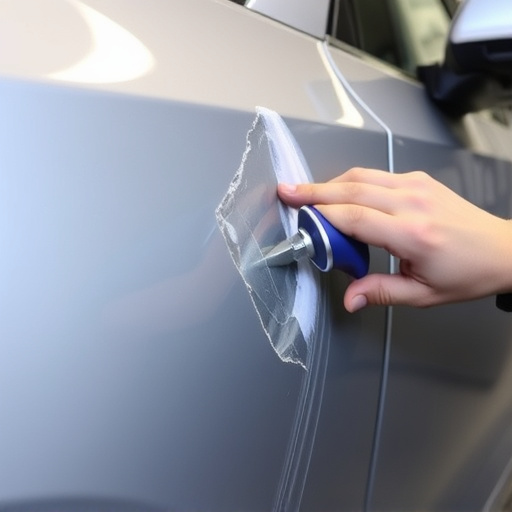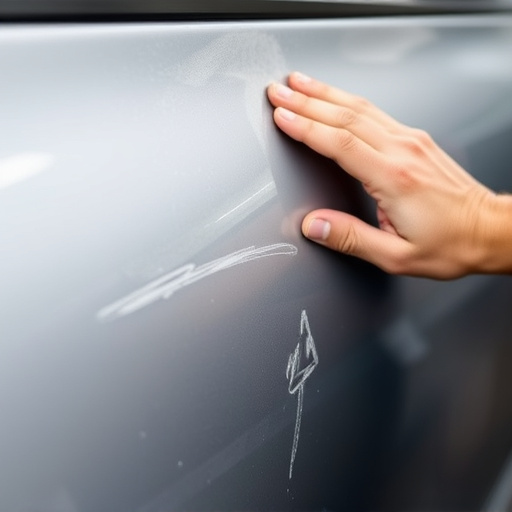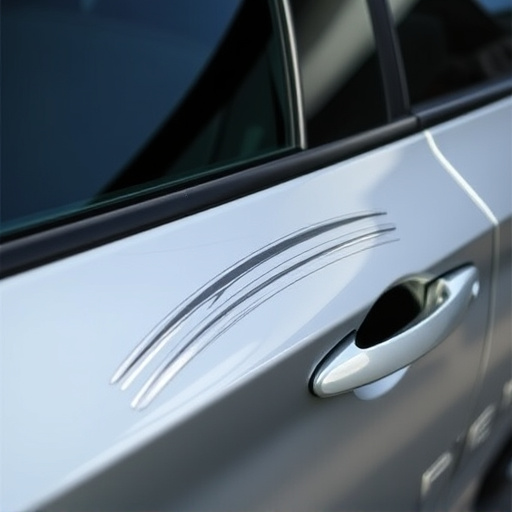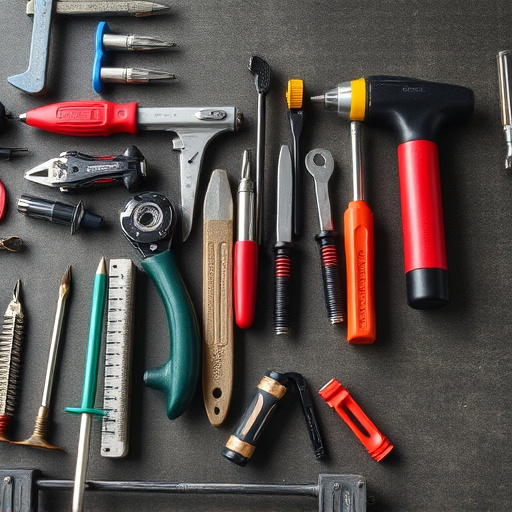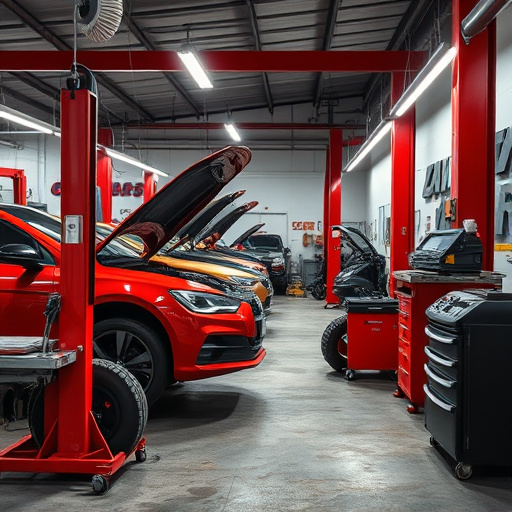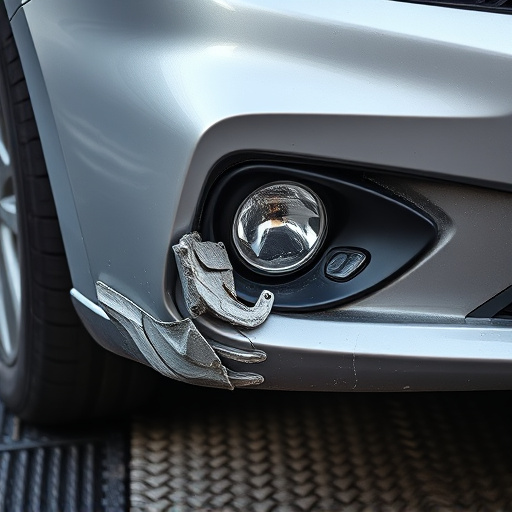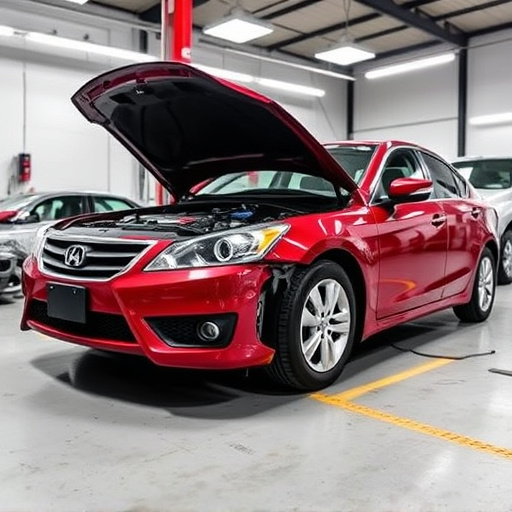Post-collision, thorough AC system assessment is crucial for effective repairs. Engage professional services offering comprehensive diagnostics to detect internal damage and ensure components like compressors and evaporator coils are in optimal condition or replaced with genuine parts. Final inspection before reactivating the AC includes checking for leaks, proper charging, and condenser coil integrity, preventing environmental harm and ensuring safe, efficient operation.
After a car collision, proper AC repair is essential for both comfort and safety. This timeline guide ensures your vehicle’s cooling system is ready post-collision work. Start by assessing the AC system to identify any damage from the impact. Prioritize replacing faulty parts and labor, ensuring quality components for optimal performance. Conduct a final inspection before turning on the AC, checking for leaks and proper functionality. Follow these steps for a seamless transition back to comfortable rides.
- Assess AC System After Collision Repair
- Prioritize Replacement Parts and Labor
- Final Inspection Before Turning It On
Assess AC System After Collision Repair
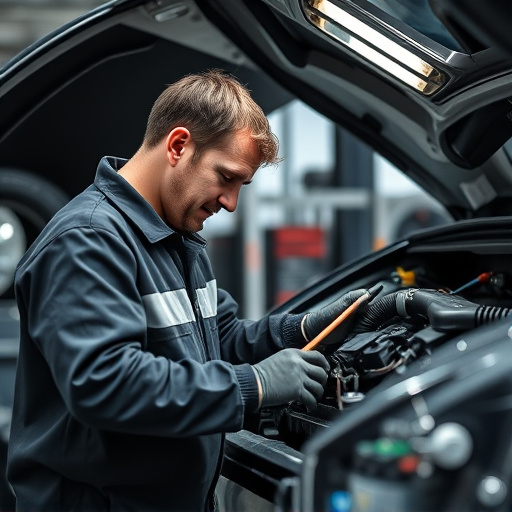
After a collision or significant impact, assessing the AC system is a crucial step in the repair process. Even if the vehicle passes initial safety inspections and appears structurally sound, internal damage to components like AC lines, condensers, and evaporators can go unnoticed. A thorough inspection should be conducted by professionals familiar with AC repair after collision work, focusing on identifying any leaks, corrosion, or functional issues that may have resulted from the incident.
Given that hail damage repair or car collision repair often involves complex body repairs, it’s essential to approach AC system evaluation with care and expertise. The goal is to ensure not only the restoration of efficient cooling but also prevent future issues that could arise from subpar repairs. This meticulous process guarantees that once the vehicle body repair is complete, the AC unit operates at its peak performance, providing drivers with a comfortable and safe driving experience.
Prioritize Replacement Parts and Labor
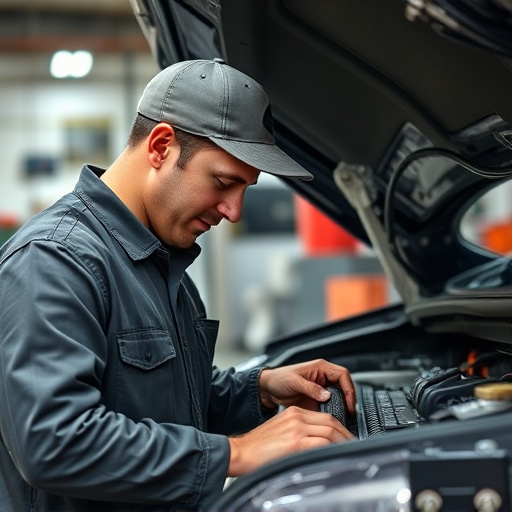
When tackling AC repair after collision work, prioritizing replacement parts and labor is paramount. The first step involves assessing the extent of damage to both the vehicle’s bodywork and the AC system. Given that a collision can cause hidden internal damage, it’s crucial to engage professional auto repair services that offer comprehensive diagnostics. This ensures that every component, from the compressor to the evaporator coils, is in optimal condition or replaced with genuine parts.
In many cases, especially when dealing with significant collisions, paintless dent repair techniques might be employed to restore the vehicle’s exterior while minimizing disruption to its internal systems. This meticulous approach aligns with the need for both safety and efficiency in AC repair after collision events. By focusing on high-quality parts and skilled labor, owners can expect their vehicles to not only regain full functionality but also maintain a superior level of performance and longevity.
Final Inspection Before Turning It On
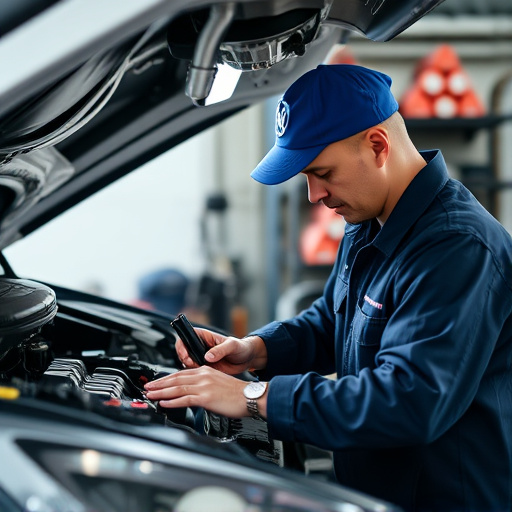
Before turning on your air conditioning system after collision work, it’s crucial to conduct a thorough final inspection. This step is vital as it ensures that all components related to AC repair after collision are functioning optimally and safely. During this process, mechanics will check for any leaks in the refrigerant lines, verify the proper charging of the AC system, and inspect the condenser coils for blockages or damage. They’ll also assess the overall condition of the vehicle’s bodywork, addressing any remaining car dent repairs if necessary, to guarantee structural integrity.
This final inspection is not just about operational efficiency; it’s also a safety measure. Leaks in refrigerant lines can cause environmental damage, while faulty components could pose risks to drivers and passengers. By thoroughly examining every aspect of the AC system and car bodywork, mechanics ensure that your vehicle is not only cool inside but also safe to operate on the road.
After completing collision repair, a thorough assessment of your vehicle’s AC system is crucial. Prioritizing replacement parts and labor ensures optimal performance and comfort. A final inspection before turning on the AC confirms its readiness, making your ride cool and safe for the summer ahead. Remember, proper timing is key in AC repair after collision work.
